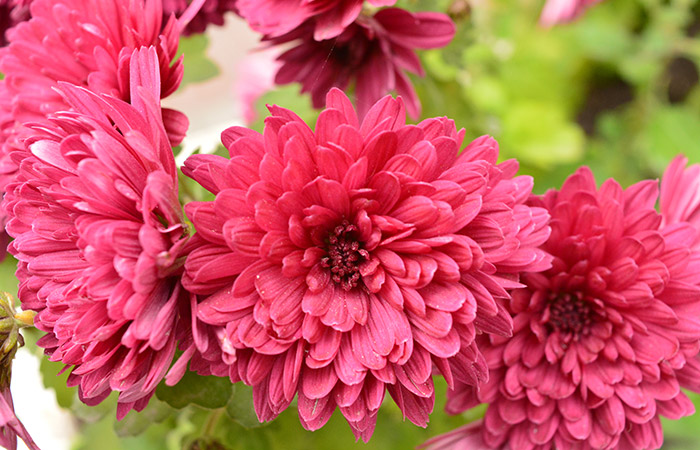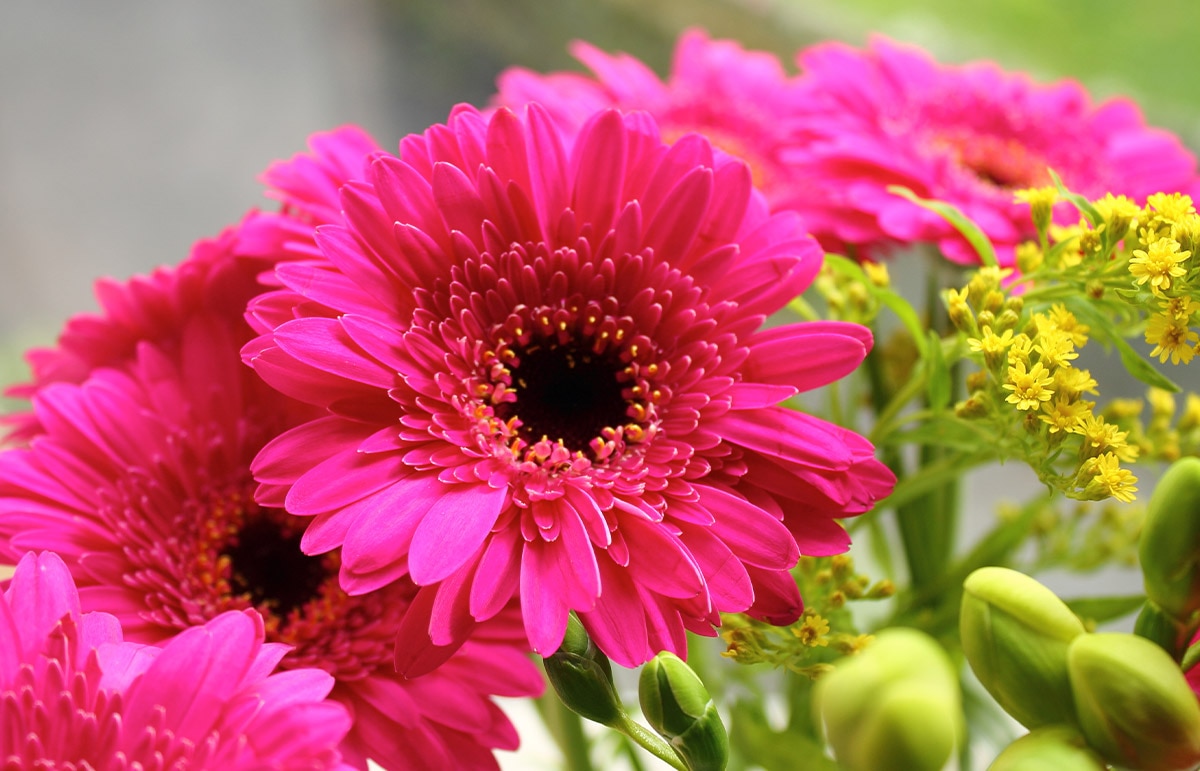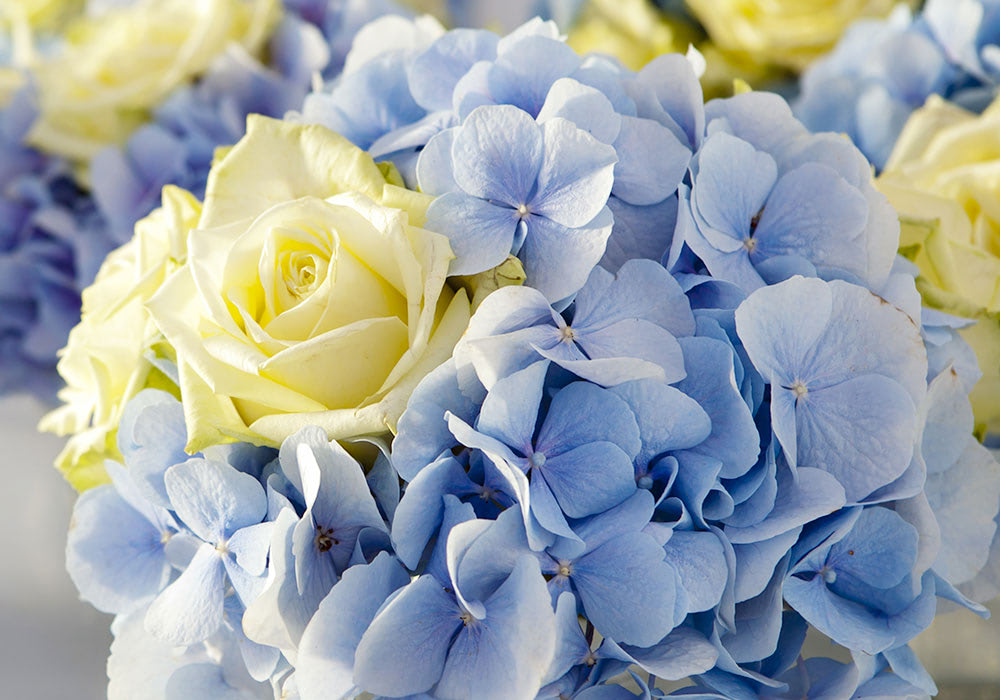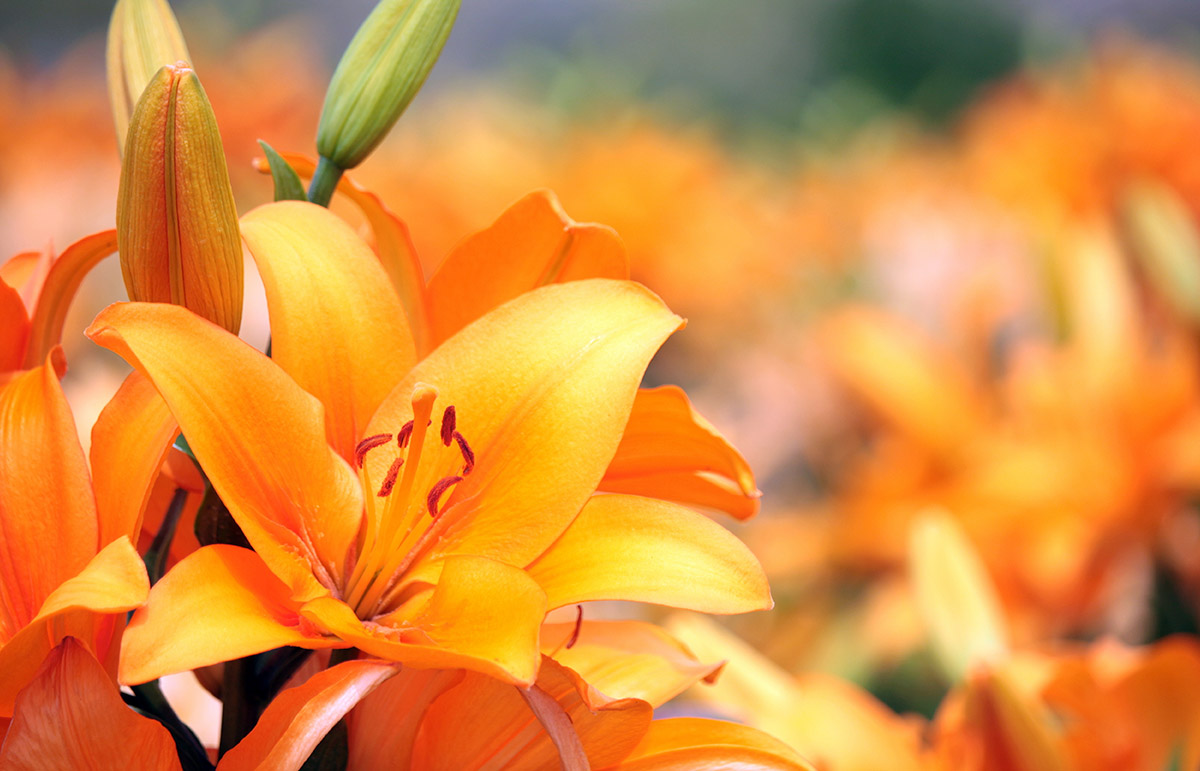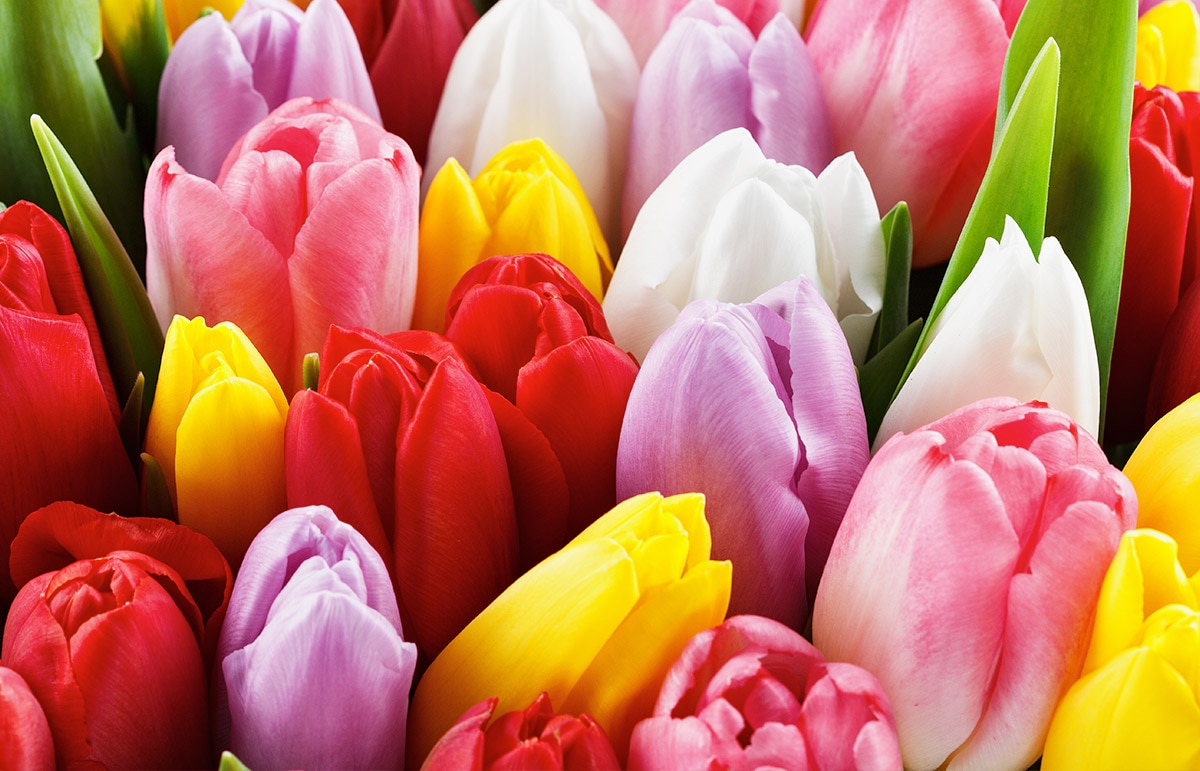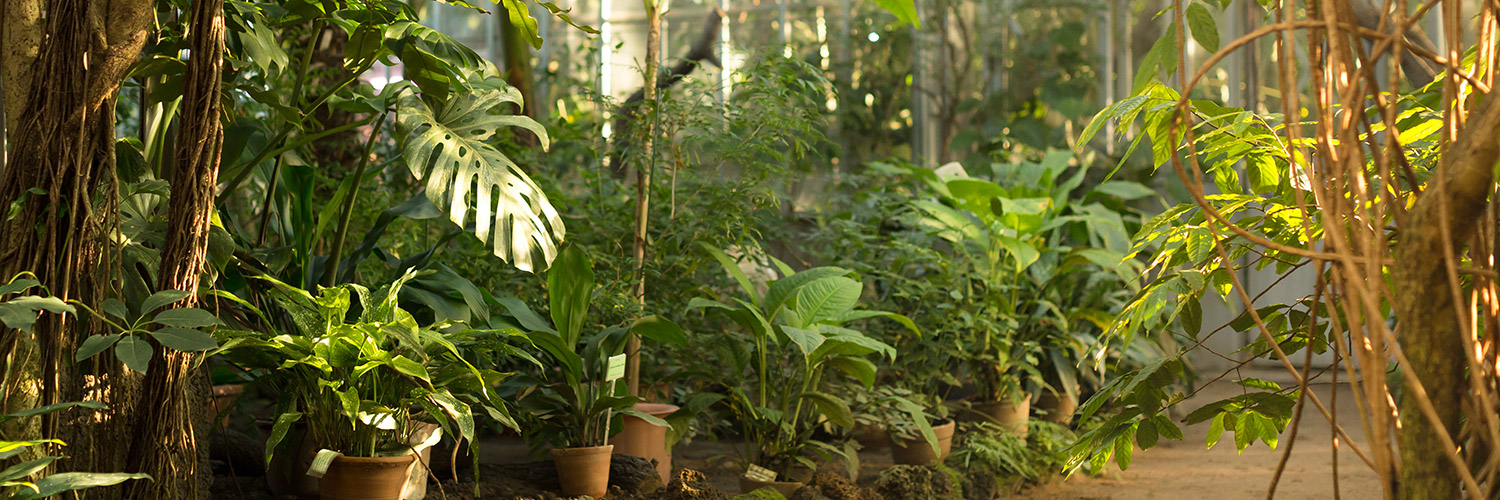
Flower Care for the Most Popular Blooms
Choosing a bouquet to send to a loved one or falling in love with a stunning arrangement yourself is just the beginning of your flower journey. Once you bring home these blooms you will want to make sure they stay alive and thrive for as long as possible. While our flowers are top-notch and have been proven to last, there are still a few steps to take and tips to consider for extending the life of your floral arrangements. From general flower care tips to the specific needs of popular blooms, this flower care guide covers it all.

Cutting the Stems
One of the first things to do when you bring home new flowers is trim the stems. Especially if you purchased a wrapped bouquet of blooms, your flowers will surely be thirsty and in need of a big drink. To promote optimal water absorption, cutting the stems of your flowers at a 45-degree angle will help open the line for water in-take. Making a new cut at an angle will also ensure that the stem will not sit flush against the vase and more surface area will be available for soaking up water.

Removing Leaves and Low Foliage
After trimming the stems of your flowers, you will want to remove leaves and foliage that will drop below the waterline in your vase. Foliage and leaves that become submerged in water will often promote the growth of bacteria that could prematurely kill or wilt the blooms. If your water begins to look cloudy or smell, you may have bacteria buildup. Don't panic! Simply remove the flowers, wash off the stems, clean the vase, and refill it with clean water.

Filling a Vase and Changing Water
As a general rule of thumb, filling a vase with lukewarm water that feels cool as droplets but warm to the touch is best for fresh blooms. This is due to the speed of the water molecules, as they move slower in cold water and faster in warm water. Once your flowers have gotten a nice drink after their travels and are rehydrated, the warm vase water should be replaced with cooler water if the flower type calls for it. Changing the vase water regularly, as often as you remember or every few days depending on your specific blooms, enhances the life, quality, and longevity of your flowers.
Feeding Your Flowers
If your flowers come with a packet of plant or flower food, or if your local florist sells this, it is always a good idea to nourish your arrangements with these key nutrients. Most flower food contains carbohydrates to aid in cell metabolism, acidifiers to ensure the water pH is where it should be, and biocides to help decrease the growth of bacteria.

Knowing Where to Display Your Arrangement
After your flowers have been trimmed, rehydrated, arranged in their vase, and fed, it is time to choose the best spot in your home to display this stunning bouquet. Be sure to familiarize yourself with the sunlight needs of your flowers. Will they bloom best in warm, direct sunlight or do they require indirect sunlight and cool temperatures?
You will also want to take furry friends and pets into consideration. Some curious cats and playful puppies can make a mess of our flowers if they get too close, steal a nibble from their petals, or knock the vase over. It is best to make sure that the flowers you bring home or keep in reach of your cats and dogs are nontoxic to pets. We always recommend displaying your flower arrangements on a shelf away from our furry friends.




